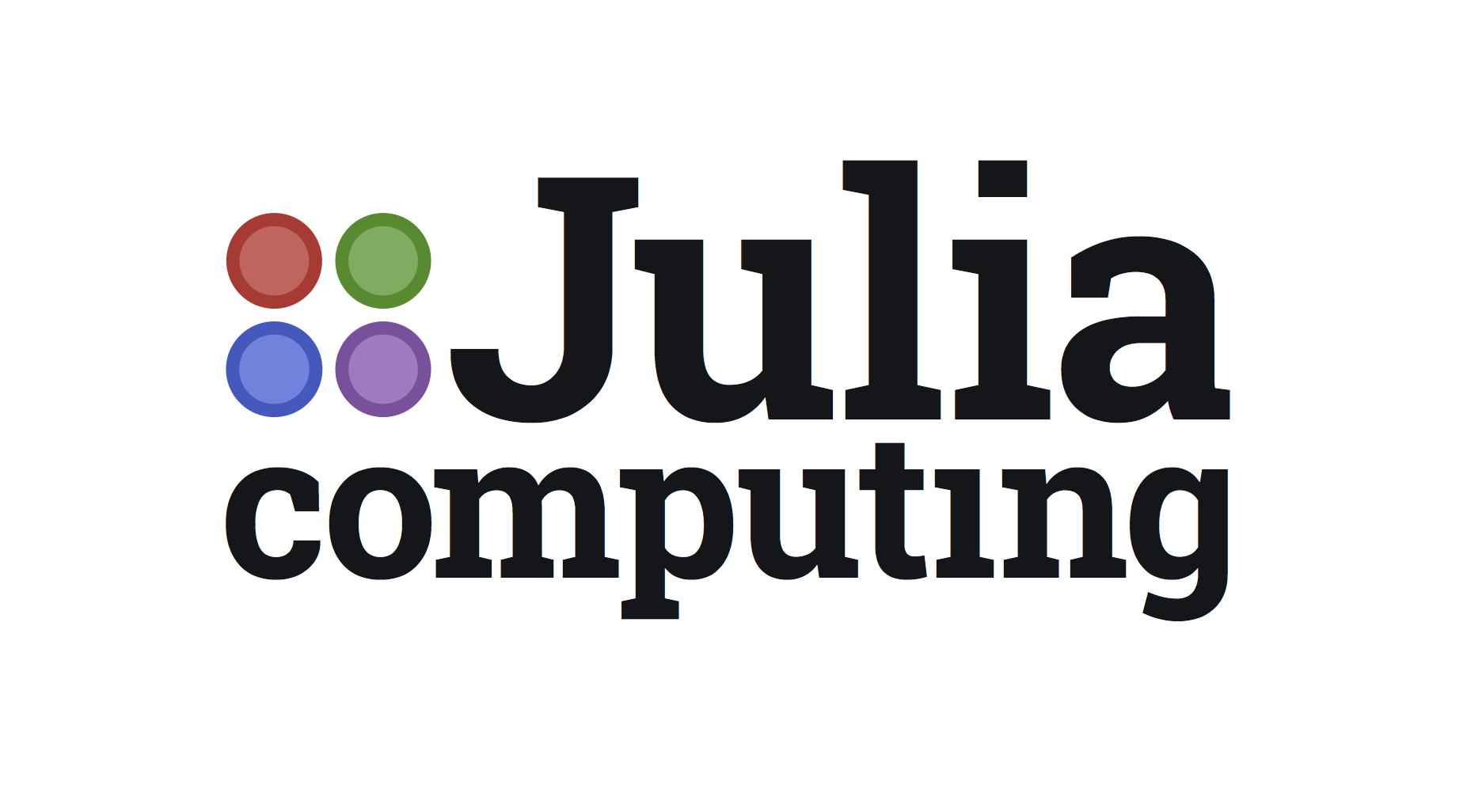 Back to all articles
Back to all articles
Blogs
Why is Julia jumping the popularity chart? The changing game of technical computing


Julia is becoming increasingly popular among programmers and we need to know why. So, we decided to do jump into the subject of Julia computing, as to why it is jumping up in the popularity chart.
A recent survey suggested that Julia stands among the most loved languages by programmers. (Yes. We can see Python and JavaScript fans squinting in the corner)
This article intends to answer the “hows” and “whys” associated with the above-mentioned claim. If you are a data scientist or into machine learning, you are going to find this useful.
Julia Computing: A young programming language
This language has a fan base among artificial intelligence developers, data scientists, and machine learners but it is of high significance at the moment. This is an attempt to know why all the rage about Julia among IT circles is.
Python has its territory and strong basis when it comes to the field of big data. However, programming languages with high-performance dynamics are preferred the most. So that you can achieve excellence when it comes to some high-level computing requirements. ( For that, you can always talk to our experts at nextbridge, we have some really awesome AI engineers)

The one where we meet Julia- The programming language of the future
Here is an account of why Julia is famous as “the language of the future” after going through an incredible amount of research, YouTube tutorials, and notes shared by developers.
- Julia is most suitable for high-performance computing tasks, numerical and data-centric tasks because of its dynamic nature and flexibility.
- It has great due to its interactive use; you can feel that it reminds you of scripting language. Which is an edge when it comes to complex tasks.
- So, if you are a developer looking for the programming language of descriptive data types. You can use Julia for your programs.
- It can be used to express object-oriented programming patterns because it is a multi-paradigm language.
- You can view the source code available at GitHub as it is free under the MIT license.
Why is Julia here to stay?
You can walk through the most prominent features to know that Julia is soon to become a competition for functional computing languages. It is based on the functional paradigm and therefore focuses on solving issues. We are in no way claiming that it might replace python, but it definitely seems to have the edge because you can use it to gain benefits in data science.
Faster Speed
Julia is smoothly written and runs faster as compared to other traditional programming languages. It is even faster than C. what? Yes, and it used JIT compiler and compiles like high level interpreted language. Do you even need another reason to love Julia? But let us quickly go through other amazing features as well.
Consistency and Versatility
It is said that the language code is universally acceptable when you can execute it in Latex, C or python. So a code written for data science projects can be compiled with the help of Julia computing.
An honest confession is that we are still not ready to let go of Python or R, but we won’t mind experimenting with Julia. Isn’t it fun to try and adapt to new and innovative things that have so much to offer?
Usefulness
We really can’t get over the fact that it has the capacity to deal with high-performance computing projects, especially data-based tasks or numerical analysis.
Do you work in a bank or deal with lots of statistical data? Well, check out Julia, and you won’t be sorry! Or better yet, you can always hire a technical resource, to help you assist with this.
It just got a new update which helps you to quote + if you need to import statements. It aids in improving the overall consistency and to provide immediate better warnings. Who doesn’t like more efficiency and less effort?
Julia computing is famous for its high-performance benefits dealing with statistical work and data. It beats Python in linear algebra. We are not saying that, please ask developers. Which leads us to our next powerful finding?
Build your next ML Project with Julia
Our experts see that Julia is slowly creating its place and a clear competition with Python is there now. Some even say that it’s like working with Python but code gets compiled in the background.
So if you are looking to work on data science, machine learning, or any projects involving statistical. This open-source language might be the answer.
Do you have an idea? Tell our experts and start today!
Don't hire us right away
talk to our experts first,
Share your challenges, & then decide if we're the right fit for you! Talk to Us
Partnerships & Recognition
Commitment to excellence






